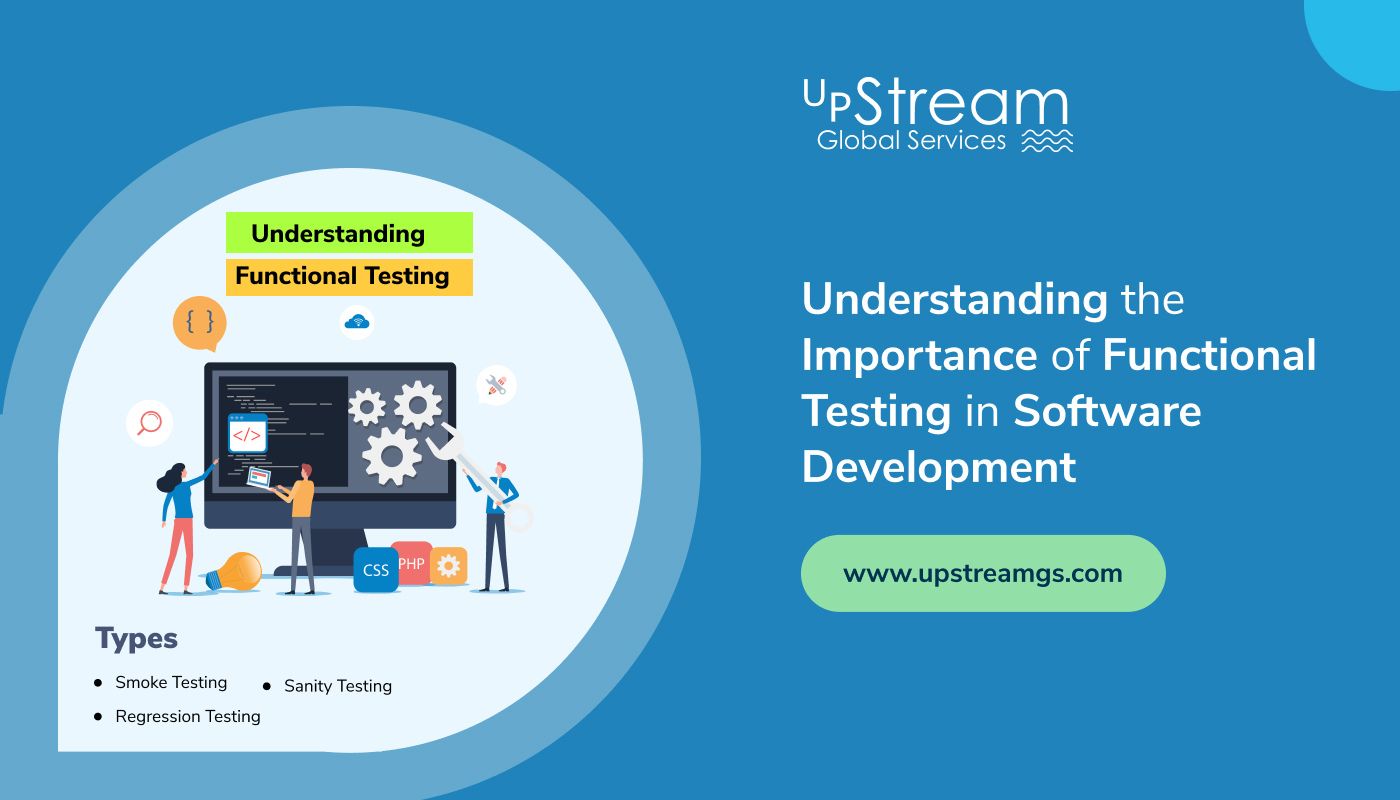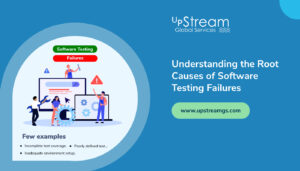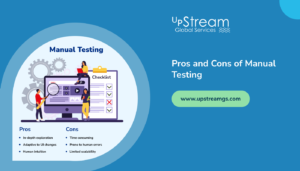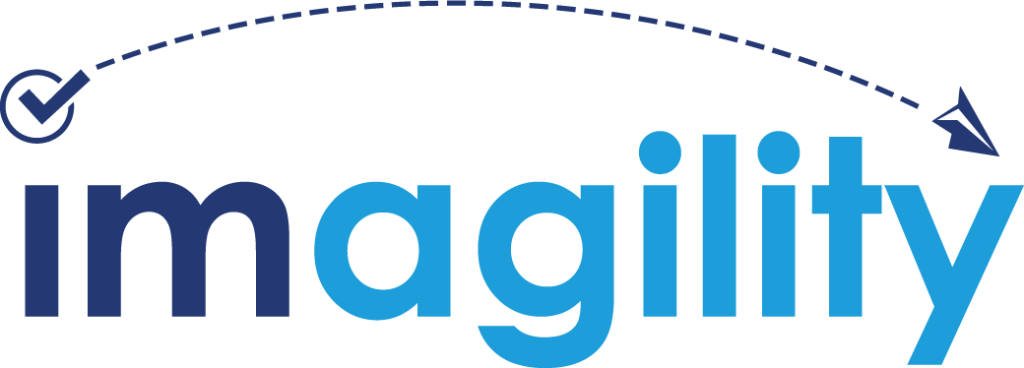In the dynamic landscape of software development, ensuring the quality and reliability of applications is crucial. Functional testing stands as a cornerstone in this process, validating the functionality of software systems and guaranteeing that they meet user requirements.
In this comprehensive guide, we delve into the significance of functional testing, its role in the software development lifecycle, and best practices for implementation.
The Importance of Functional Testing
Let’s discuss the importance of functional testing:
- Ensuring Correct Functionality
Functional testing verifies that the software functions as intended, meets specified requirements, and delivers expected outcomes. It validates the behavior of individual functions, features, or components to ensure they operate correctly.
- Enhancing User Experience
By rigorously testing the functionality of software applications, organizations can deliver a seamless and intuitive user experience. Functional testing helps identify and rectify defects that could hinder user interaction, ultimately enhancing customer satisfaction and loyalty.
- Detecting Defects Early
Early detection of defects is crucial in software development to prevent issues from proliferating and becoming more costly to fix. Functional testing enables teams to identify bugs, errors, or inconsistencies in the early stages of development, facilitating timely resolution and minimizing project risks.
- Validating Business Requirements
Functional testing serves as a means to validate that the software aligns with business requirements and objectives. By verifying that the application meets user needs and fulfills its intended purpose, organizations can ensure the successful deployment of software solutions that drive business value.
- Mitigating Risks
Functional testing helps mitigate risks associated with software failures, malfunctions, or inaccuracies. By thoroughly assessing the system’s functionality, organizations can identify and address potential vulnerabilities, security flaws, or performance bottlenecks before deployment.
The Role of Functional Testing in the Software Development Lifecycle
- Requirements Analysis
Functional testing begins with the analysis of requirements, wherein testers collaborate with stakeholders to gain a comprehensive understanding of the software’s functional specifications and user expectations.
- Test Planning
Test planning involves defining test objectives, scope, and strategies for conducting functional testing. Testers outline test scenarios, design test cases, and establish criteria for evaluating the success of test execution.
- Test Execution
During the test execution phase, testers execute predefined test cases to validate the functionality of the software. They simulate user interactions, input data, and evaluate system responses to ensure that all features operate as intended.
- Defect Identification and Reporting
Testers meticulously document any defects, errors, or anomalies encountered during test execution. They provide detailed reports, including steps to reproduce issues, severity assessments, and recommendations for resolution.
- Defect Resolution and Retesting
Development teams address identified defects by troubleshooting, debugging, and implementing corrective measures. Once resolved, testers conduct retesting to verify that defects have been effectively resolved and that the software meets quality standards.
Best Practices for Implementing Functional Testing
Now that we’ve explored the significance and function of functional testing in software development, let’s dive into the best practices for its implementation:
- Test Early and Continuously
Start functional testing early in the development lifecycle and continue testing iteratively throughout the process. Early testing helps identify issues sooner, reducing rework and improving overall software quality.
- Define Clear Test Objectives
Clearly define test objectives, requirements, and success criteria to ensure focused and effective testing efforts. Establishing clear goals enables testers to prioritize test activities and align testing with project objectives.
- Use a Variety of Test Techniques
Employ a combination of testing techniques, such as black-box testing, white-box testing, and exploratory testing, to comprehensively assess software functionality from different perspectives. Each technique offers unique insights into the behavior and performance of the system.
- Automate Test Execution
Leverage test automation tools and frameworks to automate repetitive test cases and streamline test execution. Automation accelerates testing cycles, improves test coverage, and enhances overall testing efficiency.
- Foster Collaboration and Communication
Promote collaboration and communication among cross-functional teams, including developers, testers, and stakeholders. Encourage transparent communication, feedback sharing, and knowledge exchange to facilitate effective problem-solving and decision-making.
Conclusion
Functional testing plays a pivotal role in ensuring the quality, reliability, and functionality of software applications. By rigorously validating software functionality, organizations can deliver seamless user experiences, mitigate risks, and achieve business objectives.
Embracing best practices for functional testing and integrating them seamlessly into the software development lifecycle empowers organizations to build robust, high-performing software solutions that drive innovation and success.







